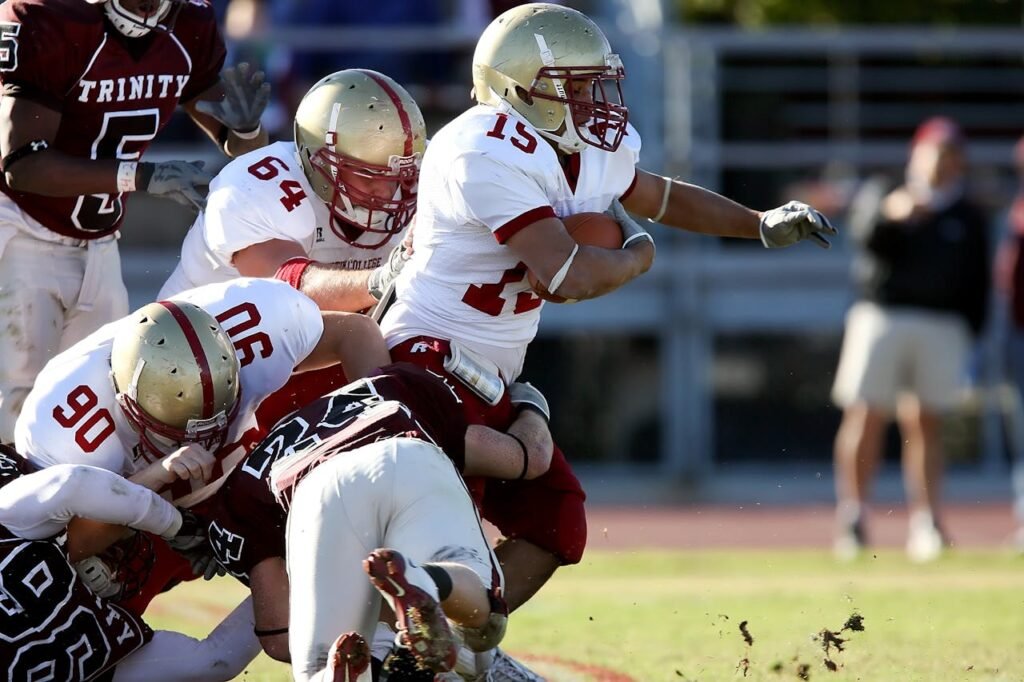Football is a game of strategy, skill, and split-second decisions, none more crucial than the moments following a touchdown. Post touchdown attempt nyt, whether they involve a kick or a two-point conversion, can significantly impact the game’s outcome. This article delves into the intricacies of post touchdown attempt nyt, examining strategies, historical moments, and the psychology behind these critical plays.
What is a Post-Touchdown Attempt?
A post-touchdown attempt, also known as an extra point or conversion attempt, occurs immediately after a team scores a touchdown. The scoring team has two options: kick for a one-point extra point or attempt a two-point conversion from the two-yard line.
The Extra Point Kick
Mechanics of the Kick
The extra point kick is the more traditional and commonly chosen option. The ball is snapped to the holder, who positions it for the kicker to attempt a field goal from the 15-yard line, effectively making it a 33-yard attempt.
Success Rate
The extra point kick has a high success rate, typically around 95-98%. However, the introduction of the longer distance in 2015 by the NFL has slightly decreased the success rate, adding more excitement and uncertainty to the play.
The Two-Point Conversion
Risk vs. Reward
A two-point conversion is a high-risk, high-reward play. The team attempts to score from the two-yard line, using a running or passing play. Successfully converting earns the team two points, but the success rate is significantly lower than that of the extra point kick, averaging around 45-50%.
Strategic Use
Teams often resort to the two-point conversion in crucial situations, such as late in the game when they need to close a scoring gap quickly or when analytics suggest a higher probability of winning if successful.
Historical Moments in Post Touchdown Attempts NYT
The “Philly Special”
One of the most memorable two-point conversions occurred during Super Bowl LII, with the Philadelphia Eagles’ “Philly Special” play. This trick play involved a direct snap to the running back, a lateral pass, and then a touchdown pass to the quarterback. This bold move helped the Eagles secure their victory over the New England Patriots.
New Orleans Saints’ Bold Call
In the 2018 NFC Championship Game, the New Orleans Saints executed a successful two-point conversion with a gutsy play call, showcasing the high stakes and strategic thinking involved in these post-touchdown decisions.
The Psychology Behind Post-Touchdown Decisions
Coaching Philosophy
Coaches’ decisions on whether to attempt an extra point kick or a two-point conversion often reflect their overall coaching philosophy. Conservative coaches may prefer the safer extra point, while aggressive coaches might opt for the two-point conversion to capitalize on momentum and potentially demoralize the opponent.
Game Context
The context of the game heavily influences the decision. Factors such as the current score, time remaining, and the team’s offensive strength play crucial roles. For instance, a team trailing by one point in the final minutes may favor a two-point attempt for a potential win rather than playing for overtime.
Advanced Analytics and Decision Making
The Role of Data
In recent years, advanced analytics have become increasingly integral to decision-making in football. Teams employ data analysts to calculate the probabilities and potential outcomes of different post-touchdown strategies, helping coaches make more informed decisions.
Win Probability Models
Win probability models are tools that estimate a team’s chances of winning based on various game situations, including post-touchdown scenarios. These models suggest optimal strategies, such as when to attempt a two-point conversion based on the specific context of the game.
Conclusion
Post touchdown attempt nyt are more than just routine plays; they are critical decisions that can change the course of a game. Whether opting for the reliable extra point kick or the riskier two-point conversion, coaches must weigh the risks and rewards carefully. Understanding the mechanics, historical significance, and psychology behind these attempts adds depth to our appreciation of the game.

